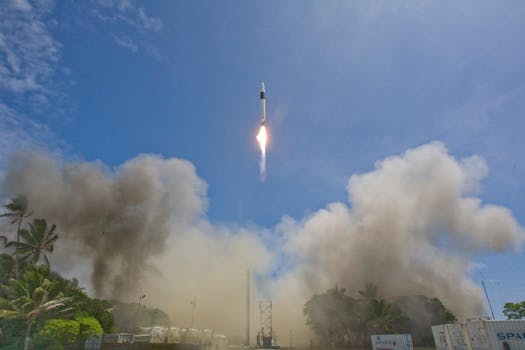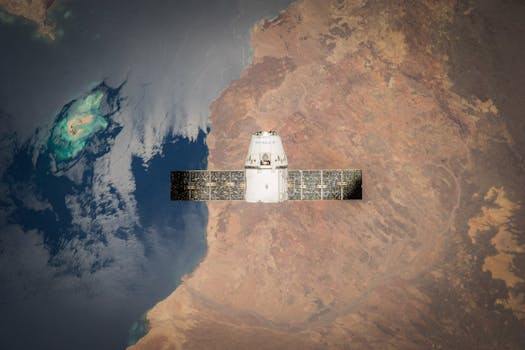Updates from Above: Essential Insights into the Latest in Satellite Telecommunications – Satellite

Updates from Above: Essential Insights into the Latest in Satellite Telecommunications – Satellite
Satellite telecommunications have undergone significant transformations in recent years, driven by advancements in technology and the growing demand for global connectivity. As we delve into the world of satellite communications, it becomes clear that these updates from above are not just about enhancing existing services but are also paving the way for new applications and innovations. The focus keyword Satellite is key to understanding these developments.
Advancements in Satellite Technology

One of the most notable updates in satellite telecommunications is the launch of new satellite constellations. These constellations, comprising thousands of small satellites, are designed to provide high-speed internet services to underserved and remote areas around the globe. Companies like SpaceX and Amazon are at the forefront of this effort, with their Starlink and Kuiper Systems projects, respectively. These initiatives aim to bridge the digital divide by offering affordable and reliable internet access to everyone, regardless of their geographical location.
Another significant advancement is the use of advanced materials and technologies in satellite construction. The development of more efficient solar panels, lightweight yet robust materials, and sophisticated propulsion systems has enabled the creation of smaller, more agile satellites that can perform a variety of tasks, from Earth observation to communication relay. This miniaturization of satellites has also led to a decrease in launch costs, making space more accessible to a wider range of players, including startups and universities.
New Applications and Services

The updates in satellite telecommunications are not limited to technological advancements; they also encompass the development of new applications and services. One of the most exciting areas is the integration of satellite communications with other technologies, such as the Internet of Things (IoT) and 5G networks. This integration enables the creation of seamless, global networks that can support a myriad of applications, from smart cities and industrial automation to maritime and aeronautical communications.
Satellite telecommunications are also playing a crucial role in the field of Earth observation. High-resolution imaging satellites are being used for a variety of applications, including environmental monitoring, disaster response, and precision agriculture. These satellites can provide detailed images of the Earth’s surface, helping scientists and policymakers to better understand our planet and make informed decisions about its management and conservation.
Challenges and Future Directions

Despite the many advancements and updates in satellite telecommunications, the industry still faces several challenges. One of the main concerns is the issue of space debris. The increasing number of satellites in orbit around the Earth has raised fears about the potential for collisions and the impact on the space environment. Regulatory bodies and industry players are working together to develop guidelines and standards for sustainable satellite operations and the responsible management of space debris.
Another challenge is the need for international cooperation and regulatory frameworks that can support the global development of satellite telecommunications. As satellites become more interconnected with other technologies and systems, there is a growing need for harmonized standards and policies that can facilitate the seamless operation of satellite services across different countries and regions.
See more:





